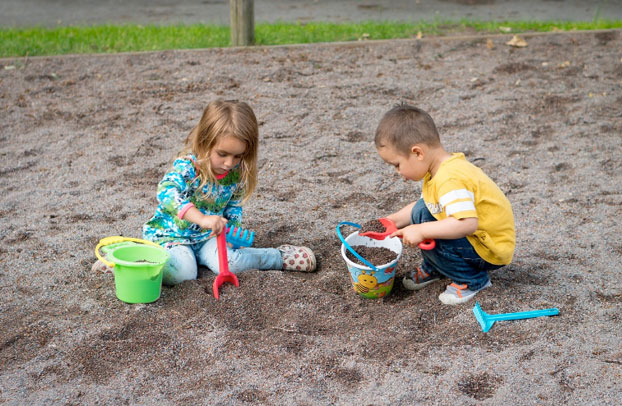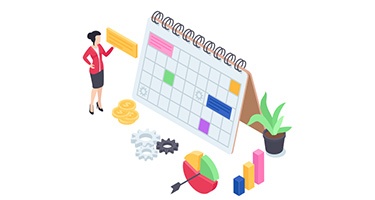Whether you work for a nonprofit, association, or other fundraising organization, you likely know that donor engagement is essential to advancing your mission. Supporters want to contribute to organizations that not only do good work in the community but also make them feel like an integral part of their efforts and achievements.
Donor stewardship is a major aspect of engagement for every nonprofit. Every type of gift—large or small, monetary or in-kind—deserves a heartfelt thank-you from your team, plus additional follow-up messages to keep your organization on donors’ radar.


 Every organization’s donor stewardship approach will look slightly different depending on its audience and needs. However, the main advantages of a well-executed stewardship strategy are the same across the board:
Every organization’s donor stewardship approach will look slightly different depending on its audience and needs. However, the main advantages of a well-executed stewardship strategy are the same across the board: To develop an actionable stewardship plan for your nonprofit, let’s walk through three useful strategies for any size organization.
To develop an actionable stewardship plan for your nonprofit, let’s walk through three useful strategies for any size organization.







